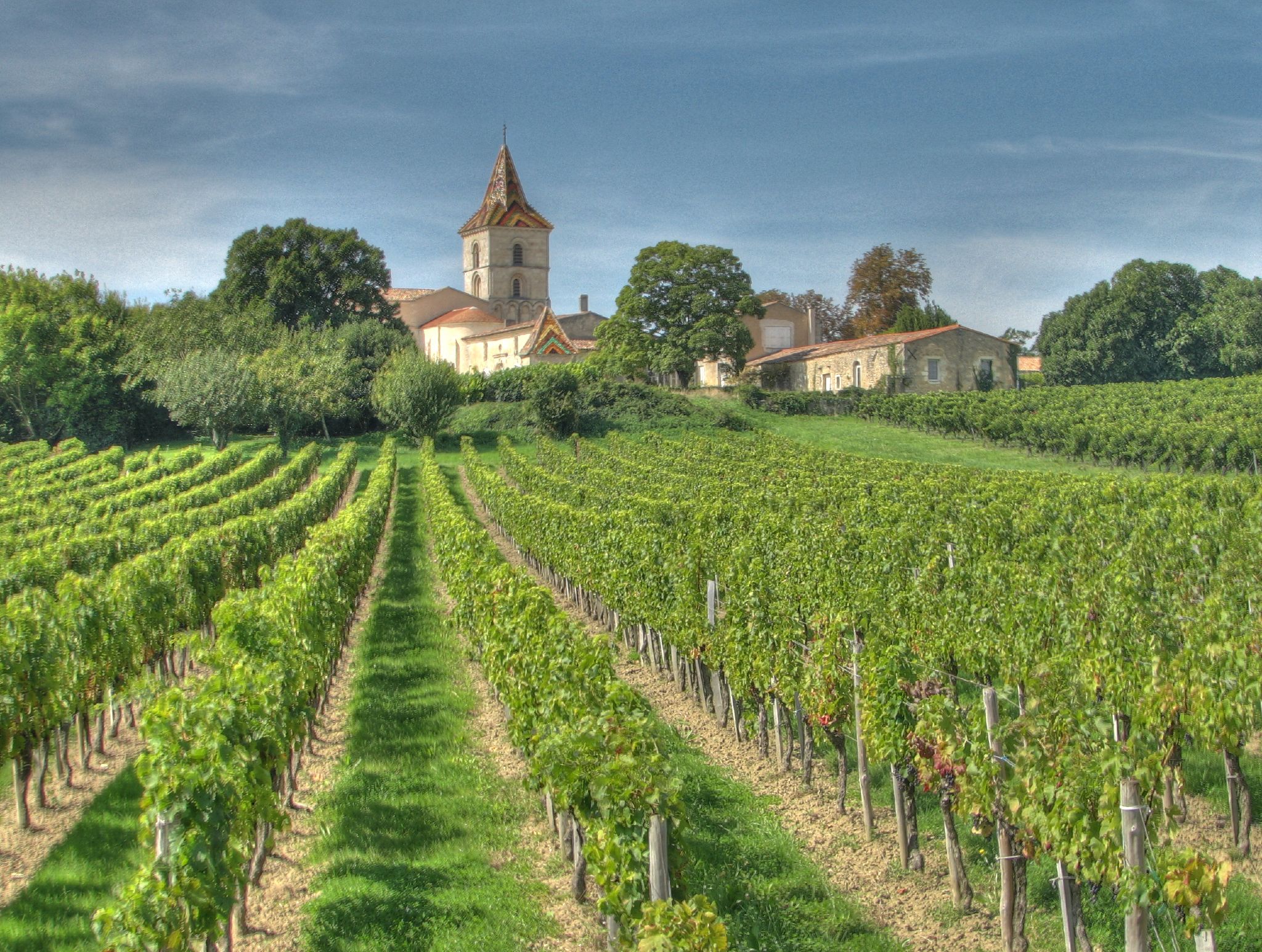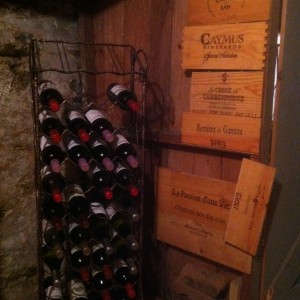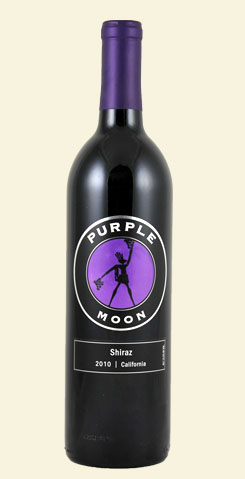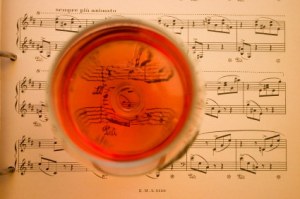It’s time to give Bordeaux another chance!
For centuries, Bordeaux is what the upper class drank. Bordeaux has been mentioned in many diaries from ages ago mentioning certain types of Bordeaux. Even Richard Nixon was known to enjoy a glass of Château Margaux. Recently, it’s been seen that Bordeaux has become the first choice of drink of internet moguls, hedge fund managers, and Chinese billionaires.
Simply stated, Bordeaux as a whole has never been better. The wines from the top 60 produces of red wine originally designated as classé in 1855 are representing a small fraction of the world’s largest wine region by volume.
The result after removing the classified growths from consideration is that most of these wines are actually to expensive for regular consumption. The vast sea of wine, some good, some not so good, and most lie somewhere in between. Recently, there is more good wine than bad.
Most of the wines that you’ll find in markets today are produced in the excellent supper-ripe 2009 vintage, the more structured but still-ripe 2010 or the charming 2011 vintage. Viticulture and winemaking have been improved throughout the region of Bordeaux. There are still however some challenging vintages -2012 and 2013- and for the most part, the days of thin, weedy, harshly tannic wines are over. The Bordeaux wines are surprisingly affordable. There are hundreds of wines from the 2009-2012 vintages that are rated ‘Very Good’ or ‘Excellent’ for less than $40.
With the balanced use of oak and moderate alcohol levels and the generally refreshing acids, the Bordeaux wines are impressively versatile at any occasion. In a world of constantly improving on the latest and greatest, it is worth remembering that even a conservative region like Bordeaux changes over time and now is the time to rediscover it’s gifts.
1. Chateau Carignan (Premieres Côtes de Bordeaux): The 2009 is mostly suppleness and warmth, all while the 2010 shows more structure.
2. Chateau Maison Blanche (Médoc): This Merlot-based wine is round and ripe.
3. Chateau de Sours (Bordeaux): An approachable wine marked by ripe fruit and finely balanced oak tastes.


 restaurant wines. For one thing, only one brand in the top 10 wines of 2014 has an average price below $50. In fact, the average price for the top 10 restaurant wines hovers just around $80: the top wine, Cakebread Cellars, averages $86.48.
restaurant wines. For one thing, only one brand in the top 10 wines of 2014 has an average price below $50. In fact, the average price for the top 10 restaurant wines hovers just around $80: the top wine, Cakebread Cellars, averages $86.48. As you might expect, Napa Valley had an excellent showing and California actually took 36 of the top 50 slots. Oregon had three on the list and Washington had just its Chateau Ste. Michelle, but New York did not make it at all! Even France and Italy had a poor showing with only a few brands clustered toward the bottom, and Spain didn’t even break the top 25.
As you might expect, Napa Valley had an excellent showing and California actually took 36 of the top 50 slots. Oregon had three on the list and Washington had just its Chateau Ste. Michelle, but New York did not make it at all! Even France and Italy had a poor showing with only a few brands clustered toward the bottom, and Spain didn’t even break the top 25. France has long had a reputation for focusing on drinking wine. However, according to an article recently completed for Wine Searcher, that fact has been in the process of changing in recent years. Three decades ago, the industry of microbreweries in France was on the verge of extinction. However that is in the process of changing; within recent years, the United States claimed the title of the world’s largest wine consumer, taking the title from France. In addition, figures recently reported indicate that over seventy percent of the French people consider themselves clueless in regards to wine.
France has long had a reputation for focusing on drinking wine. However, according to an article recently completed for Wine Searcher, that fact has been in the process of changing in recent years. Three decades ago, the industry of microbreweries in France was on the verge of extinction. However that is in the process of changing; within recent years, the United States claimed the title of the world’s largest wine consumer, taking the title from France. In addition, figures recently reported indicate that over seventy percent of the French people consider themselves clueless in regards to wine. The best wines come from Italy, France, Southern California… Or do they?
The best wines come from Italy, France, Southern California… Or do they? There’s no doubt in my mind that if you have arrived to this site you enjoy wine. The question, however, is whether you enjoy it to the full extent you are able. Are you able to apprehend the subtleties between years, between location of the grapes, the type of wine? More than likely you have tried a few. However, I would like to put forward the idea of D. T. Suzuki, that the master is a master because he approaches his subject of mastery every time as a beginner. Therefore, no matter how experienced, you will enjoy wine more when you stick to these steps and principles, and approach it by sense alone, and not with expectation.
There’s no doubt in my mind that if you have arrived to this site you enjoy wine. The question, however, is whether you enjoy it to the full extent you are able. Are you able to apprehend the subtleties between years, between location of the grapes, the type of wine? More than likely you have tried a few. However, I would like to put forward the idea of D. T. Suzuki, that the master is a master because he approaches his subject of mastery every time as a beginner. Therefore, no matter how experienced, you will enjoy wine more when you stick to these steps and principles, and approach it by sense alone, and not with expectation. Look at the wine. To get a better view, tilt the glass to its side and observe the color. Can you see whether it changes? Is it darker in the middle? Is it lighter on the outsides? What type of a color would you describe it with? I’ll give you a few words you can consult as necessary. Ruby, Violet, Purple, Burgundy, Pink, Rose, Amber, so on.
Look at the wine. To get a better view, tilt the glass to its side and observe the color. Can you see whether it changes? Is it darker in the middle? Is it lighter on the outsides? What type of a color would you describe it with? I’ll give you a few words you can consult as necessary. Ruby, Violet, Purple, Burgundy, Pink, Rose, Amber, so on. Christie’s, an established wine auctioning firm, turns approximately seventy five million dollars in profit a year from the sale of their products. However, according to Per Holmberg, a large portion of that is attributed to their implementation of online auctions. An article recently completed by Wine Searcher detailed the effect online wine auctions are having on the entire industry, but in particular, Christie’s wine auctions.
Christie’s, an established wine auctioning firm, turns approximately seventy five million dollars in profit a year from the sale of their products. However, according to Per Holmberg, a large portion of that is attributed to their implementation of online auctions. An article recently completed by Wine Searcher detailed the effect online wine auctions are having on the entire industry, but in particular, Christie’s wine auctions.
 In a world where wine at a low price is ever more available (not a bad thing), what can we do to distinguish between the multitude of options? In this blog, I will discuss the best options under $15, and help you separate the secrets from the swill.
In a world where wine at a low price is ever more available (not a bad thing), what can we do to distinguish between the multitude of options? In this blog, I will discuss the best options under $15, and help you separate the secrets from the swill.  When your friends arrive, display all the bottles on a table for people to see, each person should give them each an introduction so everyone knows what they are drinking. Don’t just go ahead and pour them, though, you’ll want to make sure you keep which wine it actually is a secret. Have the bottles brought back into the kitchen, and bring them out in waves so people can taste them. Alternatives, depending on how fancy you want to get: pour one or two glasses at a time, and pass them between you. You may want to number the glasses and keep a cheat sheet in the kitchen so you know what you’re working with.
When your friends arrive, display all the bottles on a table for people to see, each person should give them each an introduction so everyone knows what they are drinking. Don’t just go ahead and pour them, though, you’ll want to make sure you keep which wine it actually is a secret. Have the bottles brought back into the kitchen, and bring them out in waves so people can taste them. Alternatives, depending on how fancy you want to get: pour one or two glasses at a time, and pass them between you. You may want to number the glasses and keep a cheat sheet in the kitchen so you know what you’re working with.